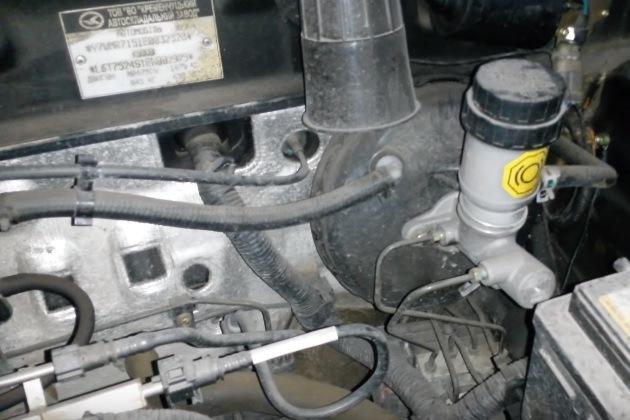
Symptoms of Faulty or Faulty Vacuum Hoses
Content
Common symptoms include the Check Engine light coming on, the engine running erratically, the engine losing power or not starting.
One of the side effects of an internal combustion engine is an increase in pressure within the contained components. Vacuum hoses are needed to relieve this pressure and allow the combustion process and the proper removal of exhaust gases. All vehicles that drive on US roads have vacuum hoses that are connected to various power points on your engine.
Like other mechanical components, they are also susceptible to dirt, debris, dirt, high temperatures, and other factors that cause parts to wear or break. When a vacuum hose breaks, disconnects, or leaks, it can lead to numerous mechanical failures, from simple misfires to complete shutdowns of the system. Most ASE-certified mechanics and vehicle manufacturers recommend checking the vacuum hoses during every tune-up, or visually inspecting when changing the oil in the vehicle.
There are several common systems that can result from a broken, disconnected, or leaking vacuum hose. If you notice these symptoms, contact your local ASE certified mechanic to test drive and diagnose the problem.
1. Check Engine light comes on.
Today's modern engines are controlled by an ECU which has multiple sensors connected to individual components inside and out. When a vacuum hose is broken or leaking, the sensor detects an increase or decrease in pressure and turns on the Check Engine light to notify the driver that there is a problem. If the Check Engine light comes on, it's best to get to your destination safely and contact your local ASE certified mechanic. The Check Engine Light can be a simple warning indicator of a minor problem, or a serious problem that could cause serious engine damage. Take this seriously and have a professional inspect your vehicle as soon as possible.
2. Engine runs rough
When a vacuum hose fails or leaks, another side effect is that the engine will run very rough. This is usually noticeable by misfiring the engine or inconsistent idle speed. Usually, the Check Engine light will come on when this problem occurs, but there may be problems with sensors that bypass this warning. It is for this reason that the driver is often the best source of information about problems caused by vacuum hoses. When you notice that the engine is rough at idle, when accelerating or decelerating; contact your local ASE certified mechanic so they can check the problem and fix it before it becomes a serious problem or causes additional engine damage.
3. Engine loses power or won't start
When the vacuum leak is significant, it can cause the engine to shut down completely or not start at all. Inside most internal combustion engines there is a sensor that monitors the vacuum pressure inside. If the pressure is too high, it can cause head gasket extrusion, breakage of cylinder head parts, or, in some cases, detonation inside the engine. This warning system is critical to protecting the driver from an accident as well as protecting the vehicle from serious engine damage. If your car loses power while driving, try starting it again. If it does not light up, contact your local ASE certified mechanic to inspect and fix the problem with the vacuum hose. If the vacuum hose needs to be replaced, let them complete the job and adjust the ignition timing or fuel system settings if they are misaligned.
4. The engine backfires
Backfire is usually caused by a malfunction in the electronic timing system that tells each spark plug to fire at the exact time. Backfire can also be caused by an increase in pressure in the combustion chamber, which is controlled by vacuum hoses and gauges. If at any point you run into an embarrassing situation, you should always go to a local ASE certified mechanic so they can test drive the vehicle and, if necessary, diagnose the exact problem and perform the appropriate repairs to resolve the issue. Backfire is bad for engine components and, if left unchecked, can lead to catastrophic engine failure.
A vacuum hose is a fairly inexpensive component, but it is very valuable to the overall functioning of your car, truck, or SUV. Take the time to be proactive and recognize these symptoms. If you notice any of the warning signs above, take action and see a mechanic as soon as possible to get your bad or defective vacuum hoses fixed.